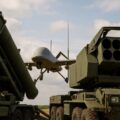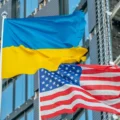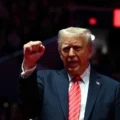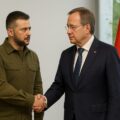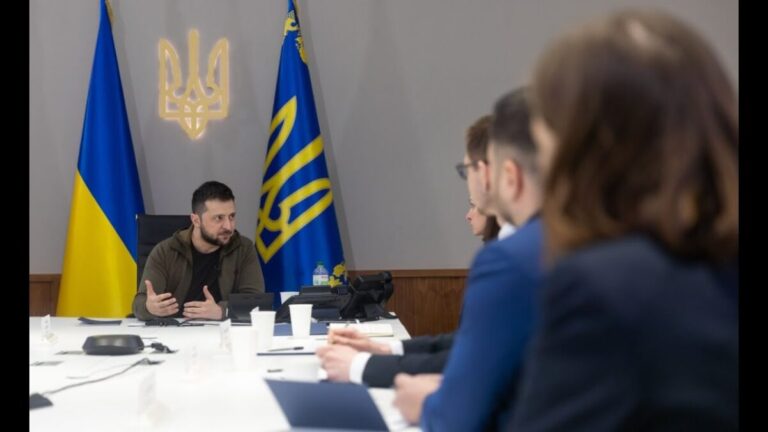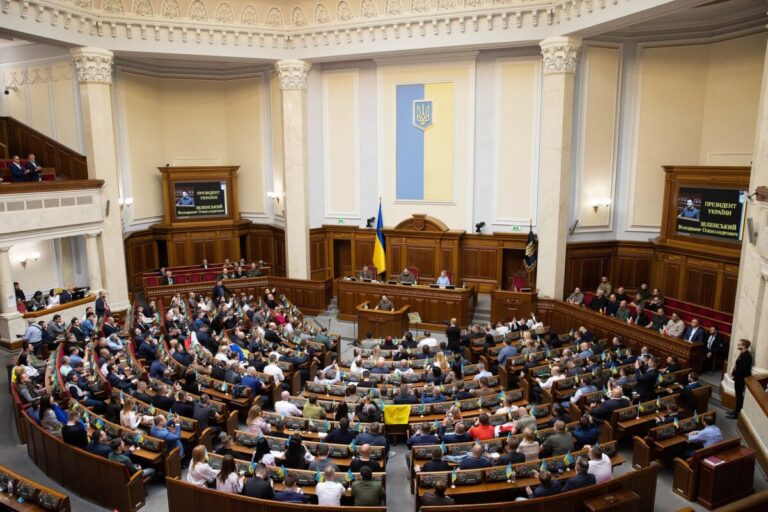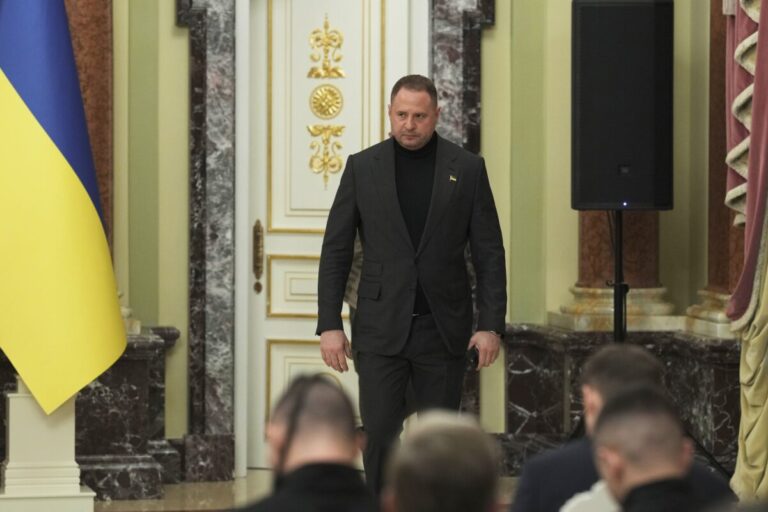
A New Round in the War: How the Zelensky–Trump Call, Ultimatums and Patriot Systems Are Changing the Game for Ukraine
The evening of July 14, 2025, marked a turning point on the diplomatic front around Ukraine. President Volodymyr Zelensky and U.S. President Donald Trump held their first phone conversation in months. Afterwards, both sides issued statements that impacted not only Kyiv and Moscow, but the entire Western world. At the center of attention: arms deliveries, future support for Ukraine, and new ultimatums to Russia.
The Key Call: What the Presidents Said
The first reports about the conversation came from the Kyiv Post and a number of international news agencies. Volodymyr Zelensky described the talk as “very good” and thanked the United States for its continued willingness to support Ukraine.
“Thank you for the willingness to support Ukraine and work together for a just peace. We discussed the necessary means and decisions to strengthen protection from Russian strikes and reinforce Ukraine’s positions,” Zelensky said (Kyiv Post).
The leaders discussed both strategic issues the future of the war and tactical ones: what concrete steps need to be taken so that Ukrainian cities get more air defense, and the front line remains stable.
The New Arms Package: What We Know About Patriot Systems
That same day, Donald Trump met with NATO Secretary General Mark Rutte in Washington. The talks ended with a high-profile statement: the United States is preparing to supply Patriot air defense systems to Ukraine via NATO mechanisms. In practice, this means that allies will purchase these systems from the U.S. and then deliver them to Ukraine, aiming to speed up the process and minimize political risks for Washington.
“We have reached an agreement whereby we will send weapons, and other Alliance countries will pay for them. These weapons will then be sent where they are needed,” Trump said, as cited by Reuters (Reuters).
There is no official information on the exact number of Patriot systems to be delivered: the statements simply refer to “Patriot systems.” However, as the Guardian notes, the German government is joining the scheme and has confirmed its readiness to transfer the systems already in service in European countries. According to the media, this approach accelerates delivery, since these systems are already closer to the battlefield.
Strategic Ultimatum and “100% Tariffs”
The main highlight of the day was not only the weapons package, but also Donald Trump’s ultimatum to Vladimir Putin. The U.S. president for the first time explicitly linked massive “secondary” tariffs and sanctions to a 50-day deadline for ending the war.
“If Moscow does not reach an agreement to end the war within 50 days, the United States will introduce 100 percent tariffs on Russian goods and secondary sanctions on countries that continue to buy Russian oil,” Reuters reported, citing a White House official.
This approach serves several goals at once:
- First, it sends a clear signal to Putin about the seriousness of U.S. intentions and its readiness to exert economic pressure.
- Second, these trade sanctions affect not only Russia, but also its partners who still buy its energy resources this is a crucial lever for mobilizing European allies.
The “European Plan” and the Logic Behind the New U.S. Approach
The idea of indirect weapons transfers selling Patriots to allies who then pass them on to Ukraine allows Trump to stick to his own political line: formally, the U.S. avoids direct arms deliveries to Kyiv, but in practice, Ukraine receives the critical air defense it needs.
“Selling weapons to allies rather than delivering them directly to Ukraine lets Trump avoid domestic criticism for breaking pre-election promises,” Financial Times notes.
It is also faster from a logistical standpoint: systems already in Europe can be brought to the front lines in weeks, not months, as would be the case with direct shipments from the United States.
Post List
Reaction from NATO and European Capitals
Western allies, in general, welcomed the new model of support. Germany, the Netherlands, and Norway have already announced their readiness to join the program. NATO Secretary General Mark Rutte, during the Washington talks, emphasized the “positive dynamic in the Alliance’s willingness to increase defense spending amid growing threats from Russia” (Reuters).
What Ukraine Gets and Why This Is Not an Automatic Victory
As a result, Ukraine receives several things:
- Hope for faster transfer of key air defense systems, without which it is hard to guarantee the security of cities and critical energy infrastructure.
- A new format of support politically less controversial for Washington but effective in practice.
- The potential for tougher sanctions against Russia if peace talks fail.
However, there is no guarantee that this pressure and the new approach will force Moscow to back down or stop the attacks. As one European diplomat told Reuters:
“These talks are not over. But this is not a path to peace. It is holding back something worse.”
A New Tactical Phase with a Political Accent
Recent events show that the United States is shifting toward a policy of “conditional support” providing Ukraine with critical defense systems while setting strict timeframes for Russian leadership. The main intrigue of the coming weeks is whether this scheme will stand the test in practice, and whether the Western bloc can remain united at the decisive moment.
In this game, every new statement, every diplomatic meeting, and every weapons shipment becomes not just an element of the struggle for territory, but a marker of the allies’ political maturity. For Ukraine, the only option is to continue relying on its partners and not to lose its own agency in matters of national security.





